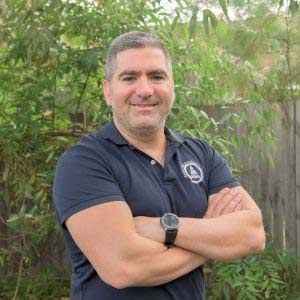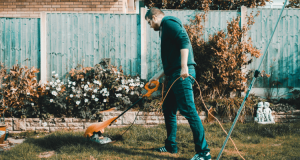Your upper back is largely made up of the thoracic spine, the part of the back where the ribs attach for the most part. Upper back pain is pain felt between your lower neck and the upper part of your low back.
How does upper back pain occur?
The upper back (like other parts of the spine) is comprised of many joints, ligaments and associated muscles. Back pain is usually caused when ligaments or muscles attaching to the vertebrae are injured. It can also be caused by the joints in the upper back becoming loaded, fatigued and strained. Poor posture, muscular fatigue, poor nutrition and chronic muscular tension may contribute to pain levels. It is very common for someone to injure their upper back when carrying objects, throwing, bending or twisting. Sitting at a desk for a prolonged time can cause upper back muscles to tighten and become stiff. Tension in the front of the chest and pec muscles may also contribute to this tension. Upper back pain can come even come from vigorous coughing or sneezing.
Sometimes upper back pain is caused by scoliosis, a curve in the spine that has developed during the adolescent growth period. In scoliosis there is usually an imbalance of the muscles of the upper back. This should be thoroughly investigated first before being diagnosed.
What are the symptoms of upper back pain? 
Symptoms of upper back pain may include:
- A feeling of tightness and tension
- muscle spasms
- pain when you take a deep breath
- pain when your back is touched or when you move
- pain when you move and roll your shoulders or bend your neck forward.
How is upper back pain diagnosed?
Diagnosis is generally done after thorough history taking and physical examination. The aim of the physical examination is to try and reproduce the pain so we can identify the source. This may be difficult without constant loading of the spine, although an understanding of what aggravates your pain and how it is aggravated will give us a good indication as to the diagnosis. X-rays may be requested in rare cases where the pain is persistent or a cause/trigger cannot be identified.
How is it treated?
After performing a thorough history and physical examination, a diagnosis is reached and a treatment plan is put together based on the diagnosis. Treatment generally has two objectives. One, is to reduce the symptoms of pain and discomfort, and two, to begin and continue the process of recovery and return to normal pain-free function. Your therapist may use a wide range of techniques from soft tissue release, joint mobilisation and articulation, stretching, muscle energy technique, and many other forms of manual therapy. The great thing about our therapists is that they have a wide range of tools at their disposal to help alleviate the pain. Techniques will be used based on giving you the best outcome in the shortest amount of time, maintaining the quality of care.
When can I return to my sport or activity?
The goal of rehabilitation is to return you to your sport or activity as soon as is safely possible. If you return too soon you may worsen your injury, which could lead to more damage. Everyone recovers from an injury at a different rate. In general, the longer you have symptoms before you start treatment, the longer it will take to get better.
It is important that you have fully recovered from your upper back pain before you return to your sport or strenuous activity. You must be able to have the same range of motion that you had before the injury. You should be able to run, lift, jump and twist without pain.
What can I do to prevent upper back pain?
The upper back is one of the areas of our body that is under constant strain in daily life. Whether sitting or standing, it takes to load from your torso and allows you to perform daily functions, especially ones that use your hands. The best way to prevent pain in this area is NOT to avoid using it but to improve the strength of the area so that it can withstand daily stresses. A good strength program will do this along with your will and compliance. Our practitioners can help you with this.

Dr. Sami Karam, Osteopath
I’ve been a qualified Osteopath since 2004. I’ve been playing football ever since I could remember and I have a passion for it. I’ve played at the highest level in the NSW State League at both Youth and Senior levels, and have also been Head Physician at numerous State League Clubs. I’ve travelled internationally and consulted with Sports academies in Barcelona and Italy. I have a special interest in Strength and Conditioning for footballers, as I believe it gives them an edge in their physical competition. My passion involves bringing all of this knowledge into every single treatment that I provide for all athletes. If you feel that I can help you and want to reach out to me, contact me.







